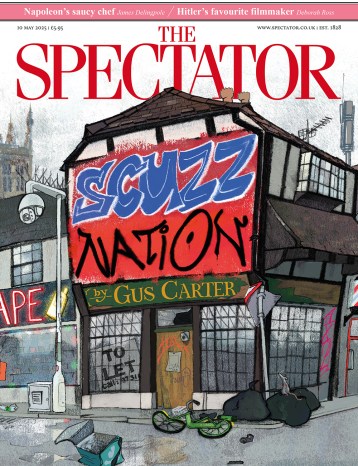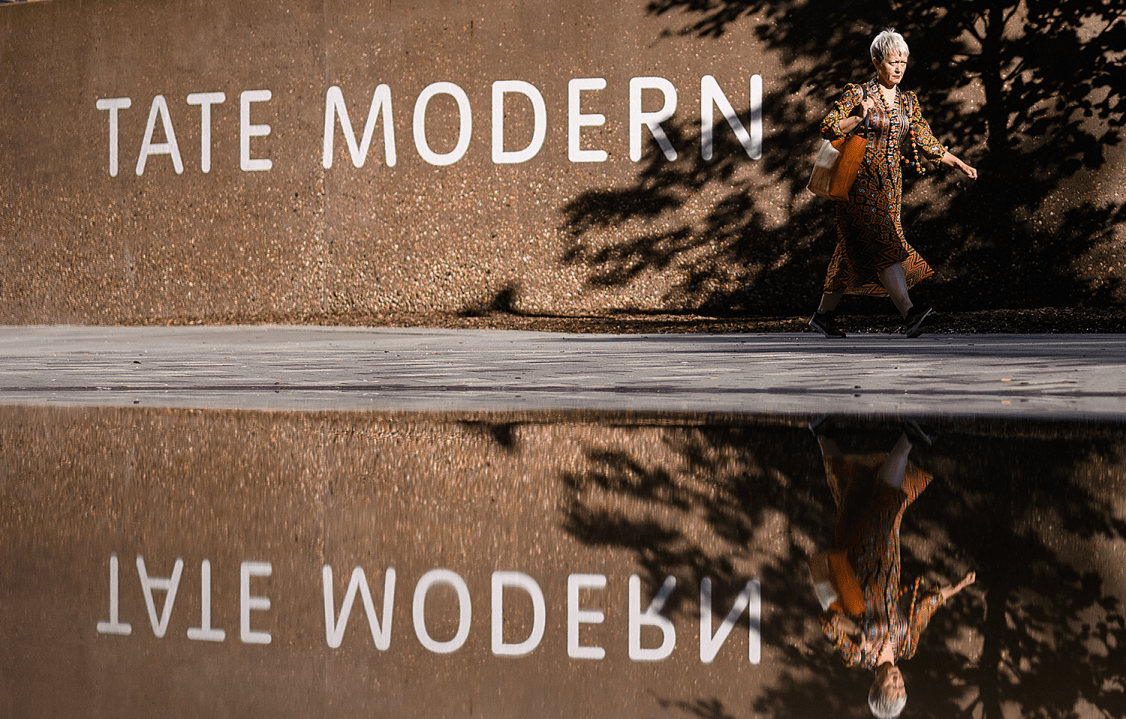Twenty-five years ago today, the Tate Modern first opened its doors to the public. The main attraction: a nine metre-high steel sculpture of a female spider which towered over visitors to the Turbine Hall. In its first year, the Tate Modern saw twice its projected number of visitors. London’s first museum of modern art was an unmitigated success.
Say what you will about contemporary art, but it is undeniably true that the Tate Modern succeeded where others failed. While Manchester’s Municipal Gallery of Modern Art and Centre Georges Pompido struggled, the Tate Modern thrived. Riding the wave of Blairism, Britpop and pre-crash confidence, the thematically organised gallery, housed inside a derelict site on the banks of the Thames, attracted five million visitors in the millennium year – doubling the numbers of the Museums of Modern Art in New York and San Francisco combined.
As the Tate Modern marks its 25th anniversary, those running the gallery must ask themselves: what is it for?
Today, that story could not be more different.

Britain’s best politics newsletters
You get two free articles each week when you sign up to The Spectator’s emails.
Already a subscriber? Log in







Comments
Join the debate, free for a month
Be part of the conversation with other Spectator readers by getting your first month free.
UNLOCK ACCESS Try a month freeAlready a subscriber? Log in